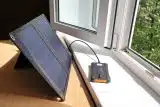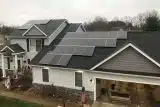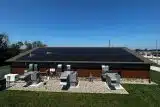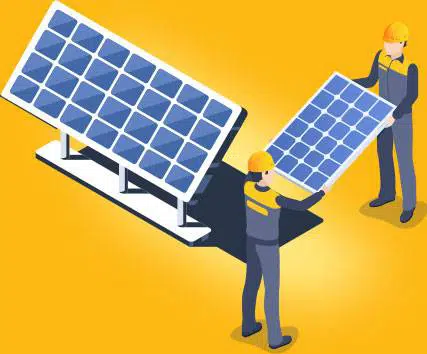Will Solar Work In Indiana? Solar Panels For Cold Climates
General
Posted by: Advanced Solar 8 months ago

We’re dedicated to bringing renewable, non-polluting power to Northern Indiana, so the question of solar energy working in the north is one we get regularly.
Solar power often brings to mind sunny climates with year-round warm weather, but can it be an effective solution in colder climates?
Absolutely!
Sun Coverage Solutions
On average, the state of Indiana has up to 5 peak sun hours each day. That amount of direct sun provides more than enough energy for homeowners to use on a daily basis.
A study from the National Renewable Energy Laboratory goes into more detail.
Even in climates where the temperature is regularly below freezing, solar panels and systems turn sunlight into usable electricity. It’s easy to think the sun is less powerful in winter temperatures, but remember: solar panels absorb energy from the sun, not heat!
Cold temperatures don’t affect the efficiency of solar energy, shorter daylight hours and potentially heavy snowfall can have more of a negative impact in northern climates.
The Growth Of Solar Power In Northern States
Based on research across a variety of winter locations in the United States, solar energy has been proven to be an economic energy solution.
Solar panels are even used in Alaska and U.S. facilities in areas of extremely cold temperatures, like the McMurdo Station in Antarctica!
Solar Energy Protects Against Winter Power Outages
Often the local power grids don’t stand up well against winter storms. Power outages in freezing temperatures are extremely dangerous, with the potential to leave entire regions without safe power or clean water for days or weeks at a time.
Installing a grid-connected rooftop solar energy system with a backup battery puts the control of your home’s energy back in your hands. If the local power grid goes down this winter, your battery system can provide electricity to get you through the blackout.
Advanced Solar Is Here To Help
Have questions about how switching to solar energy works and how it can drop your utility bills this winter? We’re here to answer your questions and help you find the best solution!
This blog post was originally written and published in 2021. It has been updated to include the latest, most relevant information.
Categories:
You May Be Interested In:

Educating the Next Generation: The Importance of Solar Power in Schools
2 weeks ago by Advanced Solar

DIY Solar Projects: Simple Ways to Harness Solar Power at Home
2 months ago by Advanced Solar

The Role of Battery Storage in Maximizing Solar Power Benefits
2 months ago by Advanced Solar

Solar Power for Businesses: How Going Green Can Boost Your Bottom Line
4 months ago by Advanced Solar
Contact Us to Learn More About Our Solutions
Are you ready to save money, help the environment, or become energy independent?
